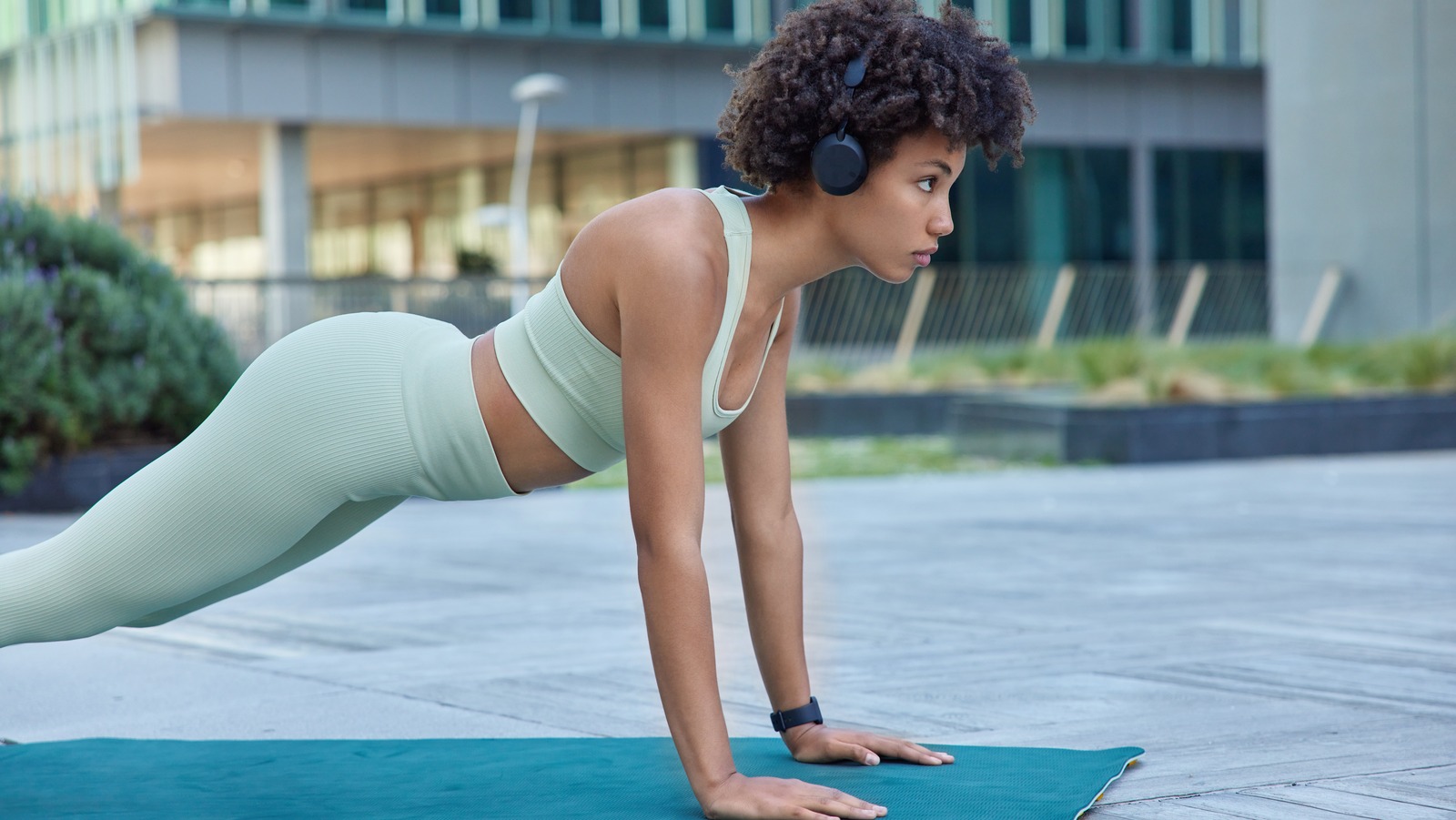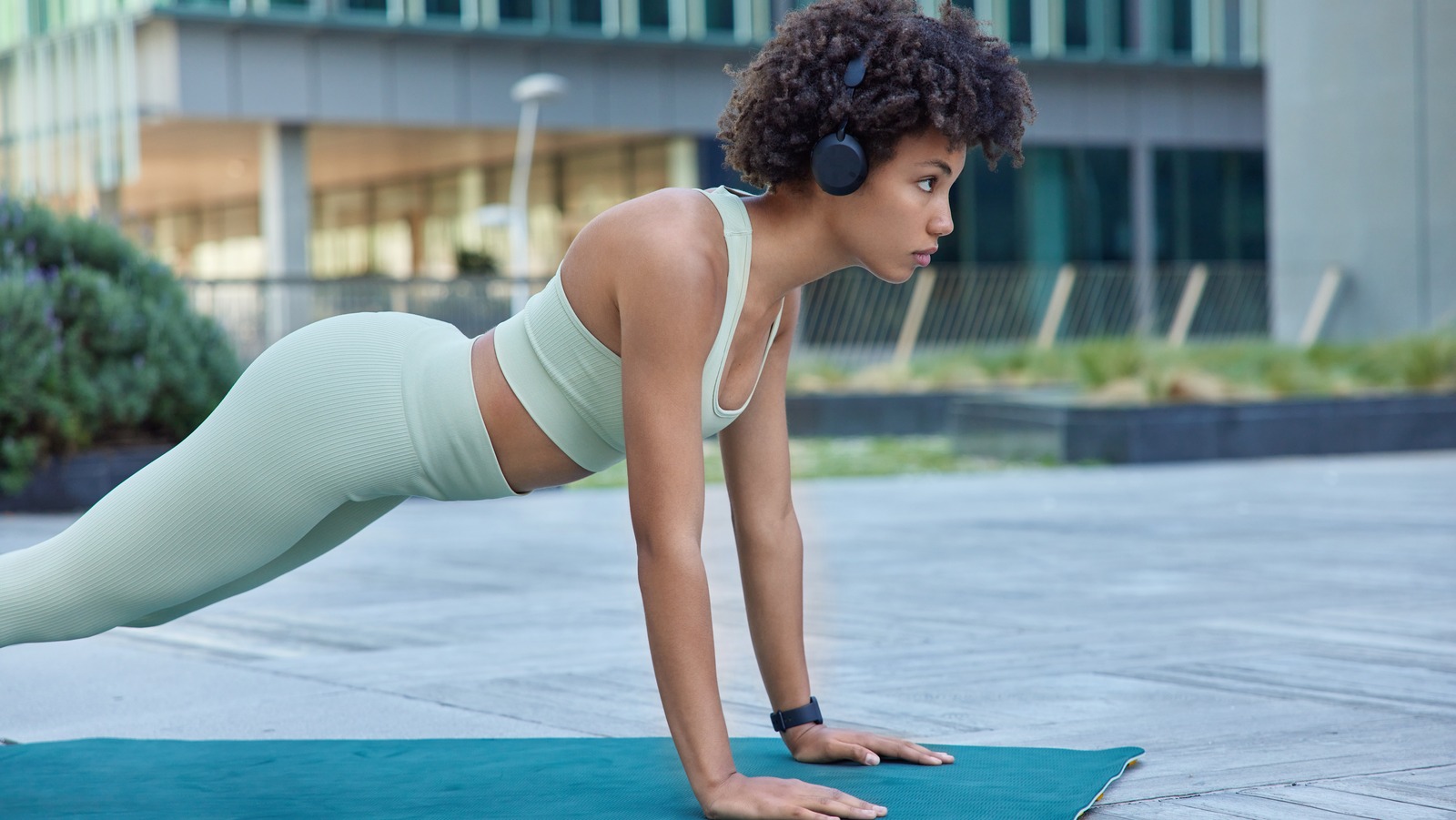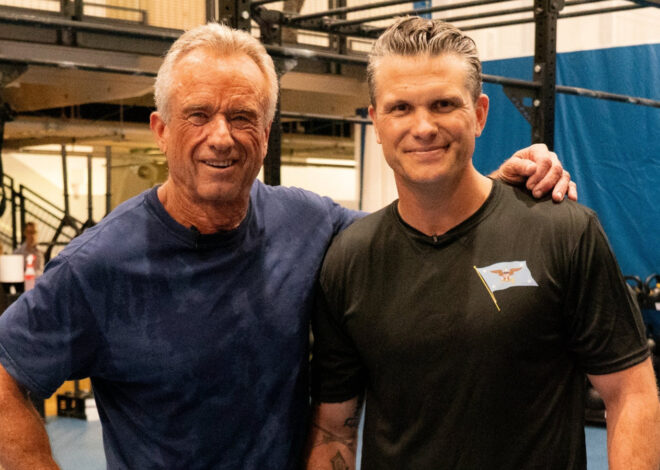
Planking Strengthens These Unexpected Muscles (In Addition To Your Abs) – Health Digest

Starting from the top and working our way down, planks activate many of our upper-body muscles. The exercise helps shape the muscles of our upper back, better define our pectorals, and strengthens a muscle known as the serratus anterior, which is located on the side of the chest and shoulder, explains Prevention. More specifically, you’re hitting those popular target muscles: the deltoids, triceps, and biceps.
Planking also gives our lower body a thorough workout. When tightening your lower abdominal muscles, you’re also squeezing your hamstrings, calves, and glutes. All of this can boost our overall hip strength, which is particularly important for those of us who spend most of our day sitting. Additionally, since you’re hoisting yourself up onto your toes, you’re also flexing the foot’s extensor muscles, which allow us to stretch our toes and ankles (via Cleveland Clinic).
If you’re new to planks, don’t get discouraged if you’re only able to hold the position for a few seconds. Set a planking goal of 10 to 30 seconds, experts at Harvard Health Publishing recommend. While some people can maintain the position for several minutes (or several hours if you’re looking to beat the world record), planks that exceed two minutes aren’t really any better for us than those that last half a minute.


